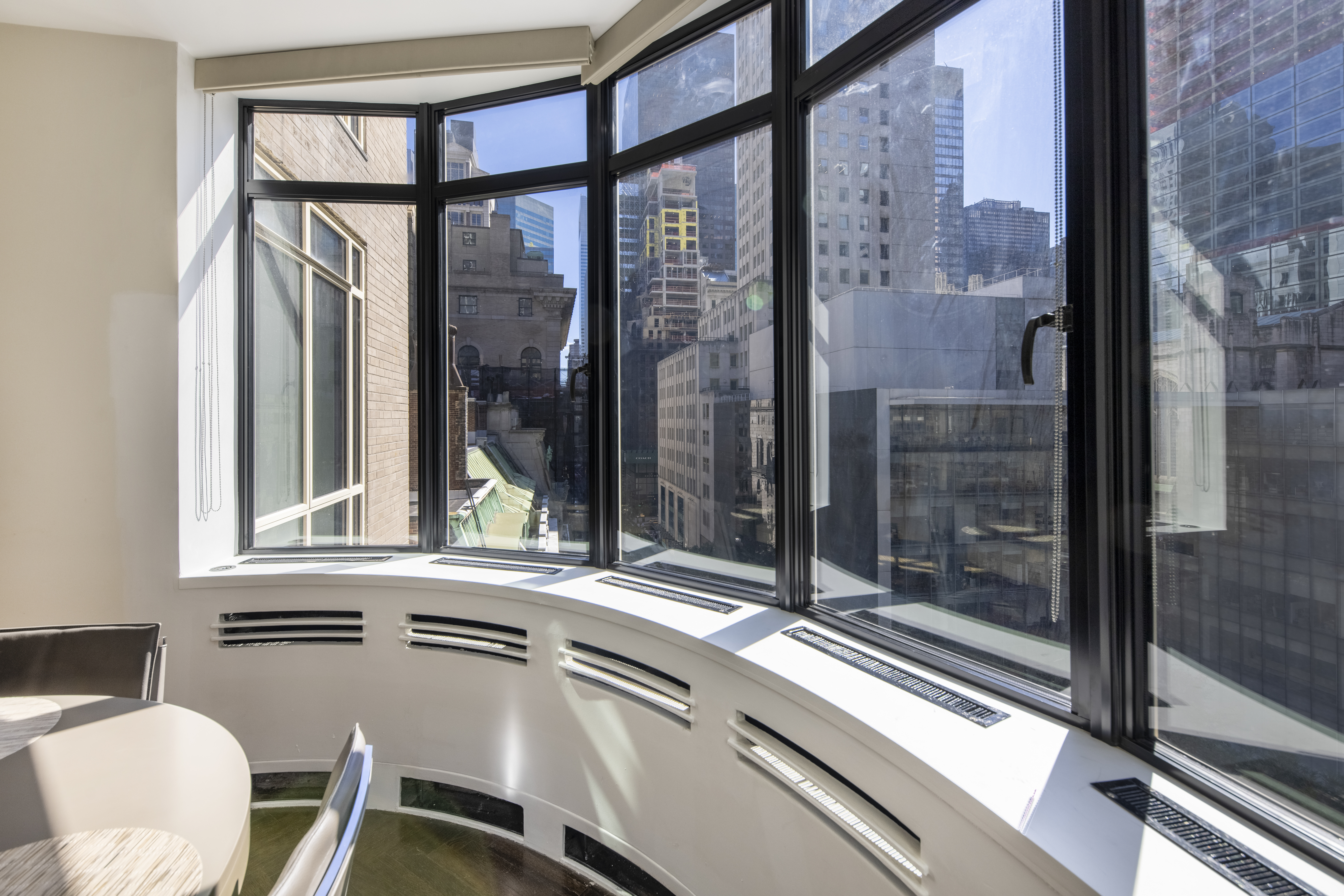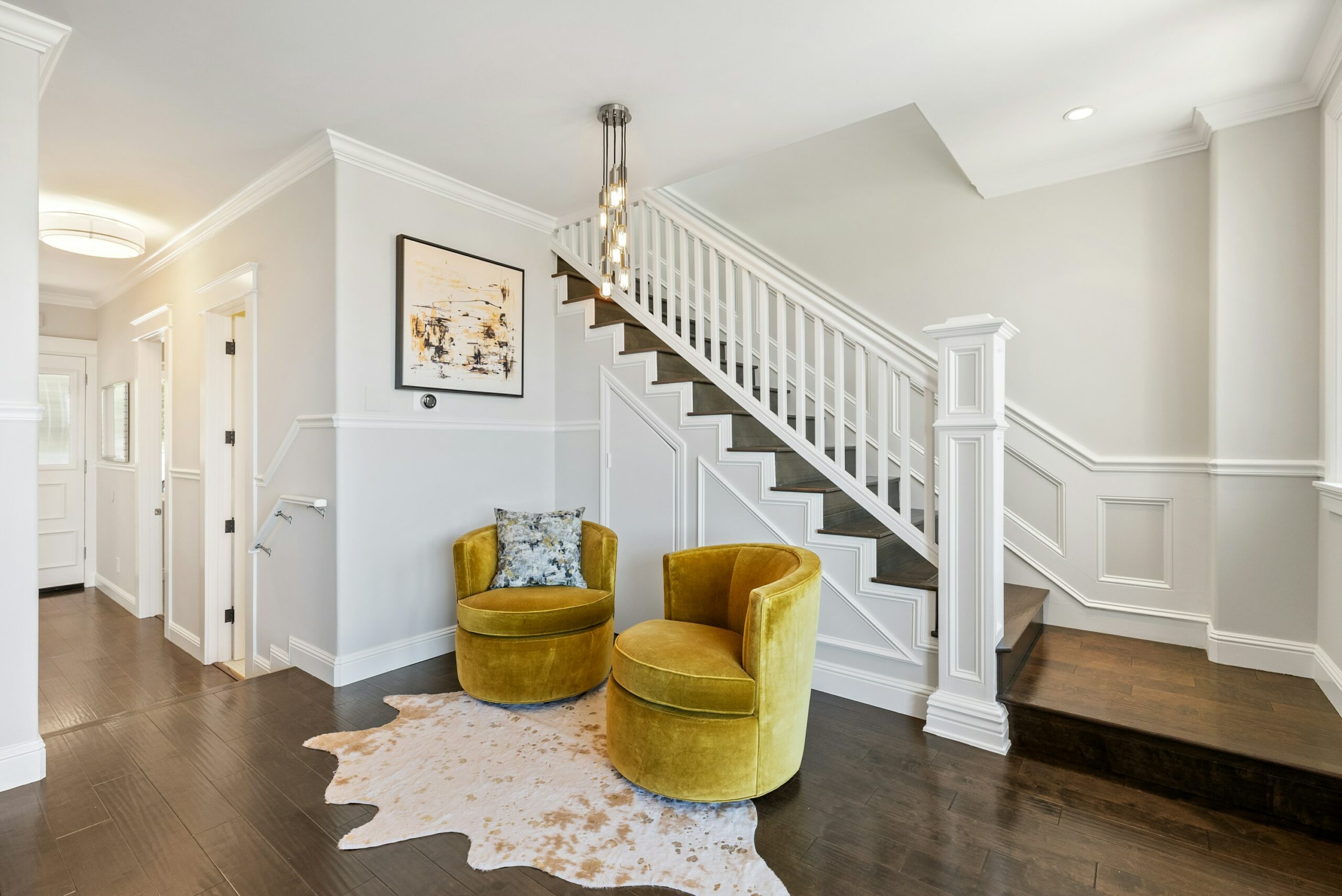New York City is home to a long list of historic buildings. As an architectural photographer with a passion for real estate, I understand that the key to a great listing lies in great photos. In this post, I’ll teach you how to prepare to photograph architectural elements in old buildings. This process goes beyond just capturing their visual appeal; it’s about narratively connecting their storied past to a modern audience.
When I first started out on this path, I realized the difficulty in capturing these elements. Its light and shadow across aged bricks and the way each curve of a wrought-iron railing spoke of a bygone era became vividly clear to me. However, I soon understood that photographing these historic places was more than just taking pictures; it was about capturing a piece of history. In New York City, each historic home tells its own story, and my job is to turn these stories into images that speak to people today.
The beauty of photographing historic homes is finding the balance between authenticity and modern techniques. My goal is to take viewers back in time, making them feel history’s weight and the enduring elegance of these architectures. I combine old and new photography methods, ensuring each photo honors the building’s timeless nature.
Capturing architectural elements demands attention to detail, like how morning light creates patterns through windows or the evening sun highlights red bricks. I aim to show the contrast between these old structures and the changing city skyline, telling a story of time’s passage.
What truly fulfills me in this work is the sense that each photo helps preserve a part of New York’s soul. As I photograph these homes, I feel like I’m more than a photographer; I’m an archivist and guardian of history, keeping the legacy of these places alive.

What are Architectural Elements?
Architectural elements are the features that make up a building or structure, contributing to its style, design, functionality and essentially its era. These elements can range from the basic structural parts that form the building’s framework to the decorative details that define its aesthetic character. Here are a few examples that I keep an eye out for:
- Walls and Roofs: Fundamental for structure and defining interior spaces. Roofs offer protection and contribute to the building’s silhouette.
- Doors and Windows: Essential for access, light, and ventilation. They greatly influence a building’s aesthetics and functionality.
- Columns and Beams: Provide support and load distribution. Columns also add a stylistic element, reflecting various architectural eras.
- Decorative Details: Elements like moldings, cornices, and arches add visual interest and character, often reflecting specific architectural styles.
- Staircases: Serve a functional purpose but can also be design centerpieces, showcasing materials and craftsmanship.
- Materials: The choice of wood, stone, glass, metal, or concrete shapes the building’s durability, appearance, and environmental impact.
In essence, architectural elements are the components that form the structure and aesthetics of a building, ranging from essential structural parts to decorative details that define its character.
Understanding the Property’s History and Architectural Style
The journey begins with research. Before I even unpack my camera, I delve into the history of the property. What’s the architecture style? When was it built? It also involves understanding the cultural context. Whether it’s a Georgian-style townhouse or a Beaux-Arts mansion, each style has unique characteristics. Knowing these details helps me in photographing architectural elements with an informed perspective.
Collaborative Planning
On larger projects it can be useful to collaborate with historians or the property owners to gain a deeper insight. These discussions can unearth fascinating stories or hidden features of the home, like a secret staircase or an original stained-glass window, that could become focal points in my photographs.
Scouting the Location
Next, I visit the property to scout the location. This isn’t just a cursory walk-through. There has been times when I’ve visited an apartment several times before actually conducting the actual shoot. I spend time in each room, observing how the light changes throughout the day. This helps me plan the timing of my shoot, especially when I aim to capture the interplay of natural light with the architectural elements.
Equipment Selection
It almost goes without saying that a wide-angle lens is essential in order to capture the space as a whole. These type of photos functions as a guide for the viewer to navigate the home with ease and understand the “looking points” of each frame. A lens I always bring in order to capture any details is a 100mm macro lens with an aperture of f/2.8. It is perfect for detailing intricate carvings or moldings.
7 Tips to Photograph Architectural Elements in NYC
When it comes to perfectly photographing architectural elements, here are seven essential tips to keep in mind:
- Use the Right Lighting: Natural light works best for bringing out the texture and color of architectural features. Aim for early morning or late afternoon when the light is soft and warm.
- Choose the Right Angle: Experiment with different angles to capture the uniqueness of each element. Sometimes, a slight change in perspective can make a big difference.
- Pay Attention to Details: Focus on the small, intricate details that give character to the building, like carvings, door handles, or decorative tiles.
- Incorporate the Surroundings: Context is key. Include some of the surroundings to give a sense of place and scale.
- Use a Tripod: For sharp, clear images, especially in low light or for long exposures, a tripod is essential.
- Consider the Composition: Follow the rule of thirds or use leading lines to create a balanced and engaging composition.
- Edit Thoughtfully: Post-processing can enhance your photos, but remember to keep it realistic, especially when dealing with historical architecture.
Creative Angles and Perspectives
I experiment with different angles and perspectives to showcase the unique character of each property. Low-angle shots can emphasize the height of ceilings, while a view from a staircase might offer a new perspective on a grand foyer. This phase of the process is where my creative vision comes to life, blending technique with the artistry to showcase the timeless elegance of New York’s historic homes.
Challenges in Photograph Architectural Elements
Capturing the grandeur of historic homes in NYC is not without its challenges. These buildings often come with unique quirks and limitations that require a creative approach.
Limited Light and Cramped Spaces
Many historic homes suffer from limited natural light and cramped spaces. To tackle this, I often use a combination of long exposures and artificial lighting.
This helps in balancing the light and ensuring that each photographing architectural element is properly illuminated.
Balancing Modern with Historical
In many cases, these homes have been updated with modern amenities. My task is to photograph these spaces in a way that the modern elements do not overshadow the historical character. This often involves carefully framing shots to minimize contemporary intrusions or using them to contrast and highlight the age and grace of the original features.
Post-Processing: Don’t Touch My Work!
In the world of photography, it’s not uncommon for photographers to outsource the editing of their photographs to third parties. However, for me, each photograph I capture is more than just an image; it’s a piece of art that reflects my vision and creativity. This is why I insist on personally editing all my work.
I believe that the process of capturing a photo is only half the journey; the other half is in the editing room. It’s there that I bring my artistic touch to each image, carefully enhancing and refining them to align with my creative intent. I use Photoshop not just as a tool, but as an extension of my artistic process, applying subtle adjustments that elevate the photograph while preserving its original essence.
For me, entrusting this critical phase of my workflow to someone else would mean losing a part of the personal connection I have with my work. Each adjustment I make, whether it’s tweaking the lighting, adjusting the contrast, or bringing out the hidden details in the shadows, is a deliberate and thoughtful decision. It’s in these moments of editing that my photographs truly come to life, transforming from raw captures into emotive pieces of art.
I recognize the argument for saving time by outsourcing editing, but for me, the creative process isn’t complete until I’ve personally finished editing. The editing phase is a crucial component of my creative process, where I bring my artistic vision to its fullest expression.
Choosing the Right Platforms
Once my photographs are ready, the first step is delivering them to my client, typically on the same day as the shoot, thanks to my hands-on editing approach. After that, the focus shifts to showcasing them effectively. Platforms like StreetEasy and other real estate listing sites are crucial for this.
They’re where the photos become more than just pictures; they transform into powerful tools that capture the attention of potential buyers and history enthusiasts. Social media also plays a significant role in reaching a wider audience and highlighting the unique charm of these historic properties.
Collaborating for Effective Marketing
Collaborating with real estate agents and historians enhances how I market my photographs, especially when aiming to photograph architectural elements. Their knowledge helps me target the right audience when I share my photos. I primarily use Instagram for broad reach and real estate agents mostly use sites like StreetEasy for property listings. This strategy maximizes the impact of my photos in captivating viewers and aiding in the sale of historic homes.
Legal and Ethical Considerations When Photographing Architectural Elements
Permissions and Rights
In order to get to work in buildings in New York, I had to obtain the necessary permissions from property owners and local authorities. This often includes submitting general liability insurance, especially for shoots in certain buildings in New York City, including new developments.
Respecting Privacy and Boundaries
As a photographer, it is my duty to respect the privacy and boundaries of the property and its occupants. This means being mindful of personal spaces and ensuring that my photography does not invade the privacy of those living in or around these historic homes.
My Personal Reflection
In my experience taking photos in New York, I’ve learned that photographing buildings is more than just about the buildings themselves. It’s like having a chat with the city and getting to know its real character. It’s about opening a window to the past so everyone today can have a look. When I photograph these old homes, it’s like showing off their lasting beauty and telling their stories without words.
Each old house or apartment is full of stories, and as photographers, we get to share these stories. It’s not just a job; it’s our way of keeping a piece of history alive, one photo at a time. Every picture we take connects the past to now, and that’s really something special.



